
Grenada is a developing island nation that resides in the southeastern Caribbean Sea. The country is made up of six smaller islands in addition to the main island of Grenada. The country depends heavily on the agricultural sector to maintain its economy. It is well known for its nutmeg and mace crops, which are sold all throughout the world. However, limited access to drinking water has made the water quality in Grenada see a decline in recent years.
The Issue of Water Access In Grenada
Growing periods of dry spells and overuse of water in Grenada has led to dropping groundwater levels. This has allowed the salt water surrounding Grenada to permeate the water layers on the island. The effect of this has been the reduction of the water quality in Grenada. Consequently, this pollution from seawater has made much of the water in the nation unusable for agriculture.
In addition to the continued pollution of the nation’s water supply, rising sea levels have resulted in an erosion of the coasts. Worse yet, hurricanes passing through the region disrupt the agricultural sector and destroy critical infrastructure that the country needs to survive.
Because Grenada depends on tourism and agriculture to maintain its economy, polluted water supply has continued to create negative economic consequences.
Possible Solutions
In conjunction with Germany’s Federal Development Agency (GiZ) and the International Climate Initiative (IKI), the water quality in Grenada has begun to improve. These organizations have partnered up with the government of Grenada to teach locals how to deepen wells and construct more sophisticated irrigation systems to ensure they will have water for the future. All of this work happens alongside education of the locals about preserving water in the water-intensive industry of tourism.
Looking Towards The Future
Although pollution continues to impact many around the world, water quality in Grenada should improve in coming years. With the help of the GiZ and IKI, the government of Grenada has a clear path to address the issue of declining levels of water in their nation. As long as they continue the plan they have created, Grenada is sure to get past this matter they are addressing.
– Nick Beauchamp
Photo: Flickr
 San Marino, a small republic located in southern Europe, is one of several European microstates. The
San Marino, a small republic located in southern Europe, is one of several European microstates. The 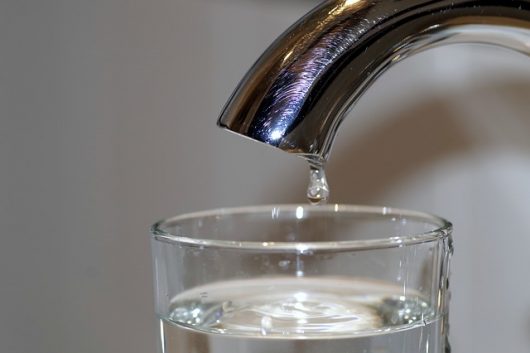 There are over 750 million people in the world living without access to clean water. Because of this, many people are prone to fecal and bacterial-related diseases. While much of the world has limited access to clean, drinkable water, many countries have implemented a way to recycle and reuse wastewater into safe drinking water. The method is called the “Toilet to Tap” concept.
There are over 750 million people in the world living without access to clean water. Because of this, many people are prone to fecal and bacterial-related diseases. While much of the world has limited access to clean, drinkable water, many countries have implemented a way to recycle and reuse wastewater into safe drinking water. The method is called the “Toilet to Tap” concept.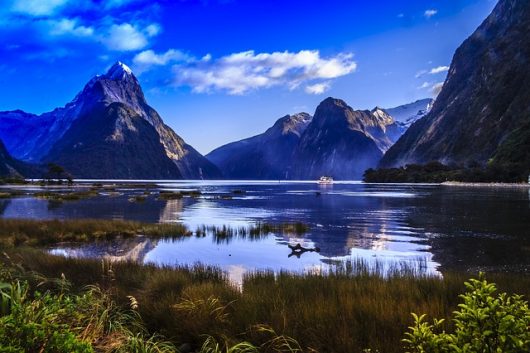
 Comoros is a tropical archipelago nation located in the Indian Ocean towards the northern end of the Mozambique Channel. The island has numerous natural resources including fresh water, many species of edible plants and a wide variety of wildlife. Nevertheless, due to having some of the world’s most active volcanoes on the island, water quality in Comoros has become a concern for many living in the country.
Comoros is a tropical archipelago nation located in the Indian Ocean towards the northern end of the Mozambique Channel. The island has numerous natural resources including fresh water, many species of edible plants and a wide variety of wildlife. Nevertheless, due to having some of the world’s most active volcanoes on the island, water quality in Comoros has become a concern for many living in the country.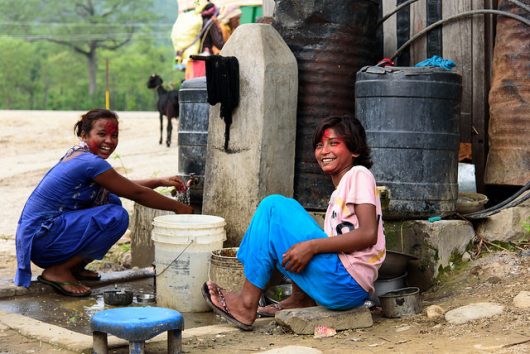 A landlocked nation approximately
A landlocked nation approximately 
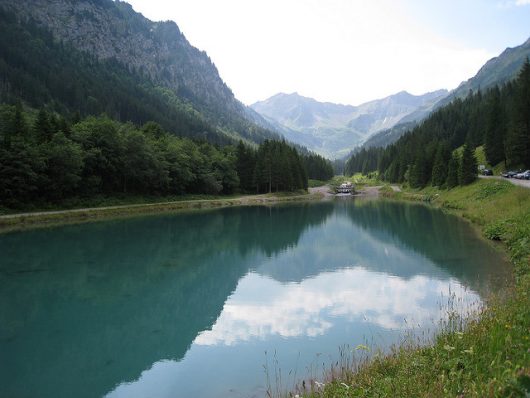 The principality of
The principality of 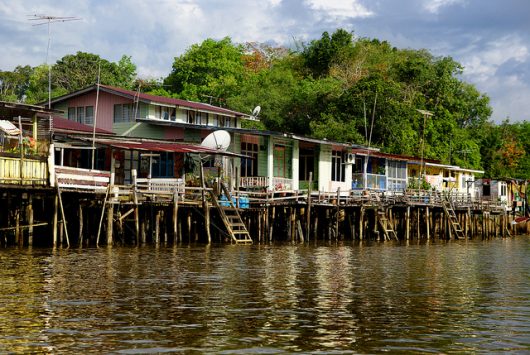
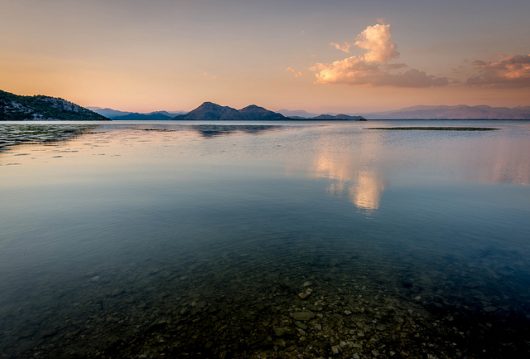 Montenegro is a small European country in the Balkan region with
Montenegro is a small European country in the Balkan region with 